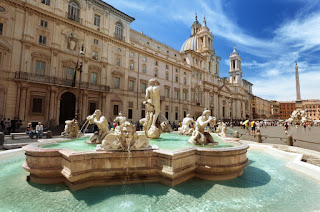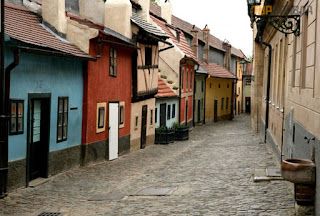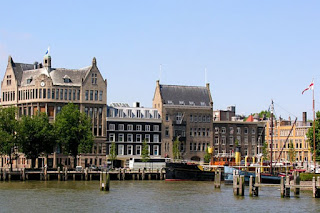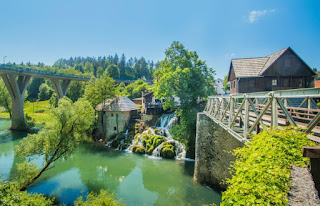Independent trip to Vienna
sergiy
February 16, 2019
Vienna is a beautiful European city with a rich
history. The mild climate, developed infrastructure, a huge number of
attractions attracts a huge number of travelers from around the world. It is a
pleasure to relax here, as evidenced by at least the fact that Vienna is
recognized as the best place in the world for quality of life. And this article
is just devoted to how to go on an independent trip to Vienna to fully enjoy
the magnificence of this city.
Organizing a trip to Vienna alone is quite simple. This
can be done in a few hours, but it is better to approach planning more
thoroughly and spend a little more time on it, read reviews about interesting
places, compare hotels, find out which area is better to stay and the like.
This article is entirely devoted to the topic of travel, this information is
enough to go to Vienna at least tomorrow. And so, to specific actions to rest
without the help of travel agencies.
Housing
It is cheaper to book a hotel not in the central areas of the city. Since Vienna's transport network is well developed, you can get to any place very quickly and fairly cheaply, especially if you buy a travel card.
It is cheaper to book a hotel not in the central areas of the city. Since Vienna's transport network is well developed, you can get to any place very quickly and fairly cheaply, especially if you buy a travel card.
sights
The correct solution would be to purchase a guide to Vienna. With it you will be better able to navigate in the city and will be able to quickly understand what a particular place or object means, and you will always know what to see and where to go. In general, do not spend money on a guide, it will definitely come in handy.
The correct solution would be to purchase a guide to Vienna. With it you will be better able to navigate in the city and will be able to quickly understand what a particular place or object means, and you will always know what to see and where to go. In general, do not spend money on a guide, it will definitely come in handy.
Renting a car in order to go to the suburbs of Vienna
and in different parts of Austria, in order to see even more interesting places
- this is a great solution. If the budget of the trip allows you to rent a car,
then do it, there will be much more vivid impressions.
It’s worth taking the euro
and a bank card on an independent trip to Vienna. And it does not matter much
in what currency the card account is opened, when paying for purchases the
amount is automatically converted into the necessary currency.
Be careful when withdrawing money from an ATM on the
street. Although Austria is one of the safest countries in the world, there are
even thieves there (mostly people from non-EU countries).
The cost of independent travel to Vienna depends only
on the travelers themselves. Goals, priorities, opportunities, style of rest,
dates of beginning and end of holidays - all this affects the price of the
trip.
If, however, money is
not very much, then thanks to the course of 7 steps to travel, you can cut
costs several times, only you need to understand that the less money is spent
on rest, the less comfortable it will be. Although it all depends on the person
and his vital attitude, it will be more comfortable for someone to travel
around the world, living in mediocre hotels, preparing meals on their own and
saving on much more than sitting all day in a stuffy office in their homeland. But still budget rest is real.
Independent travel through Vienna can be inexpensive.
Tips and recommendations written in this section will help save up to 70% of the
money, the only thing you need to do is decide where to draw that line, after
which savings will damage rest, because someone will be in a bad mood if they
live in the cheapest hotel and eat fast food. But even without such extreme
measures, you can significantly save money without losing your level of
comfort.












